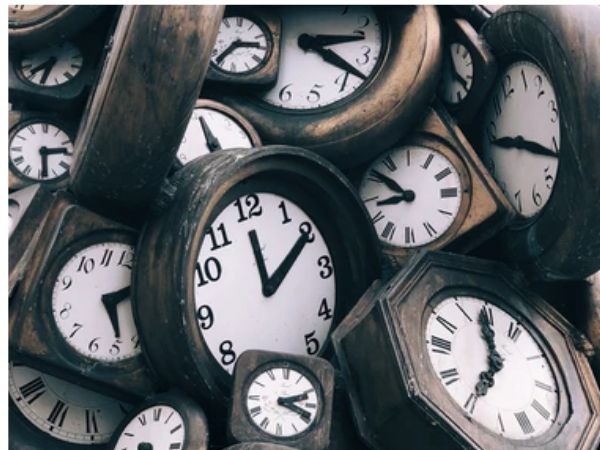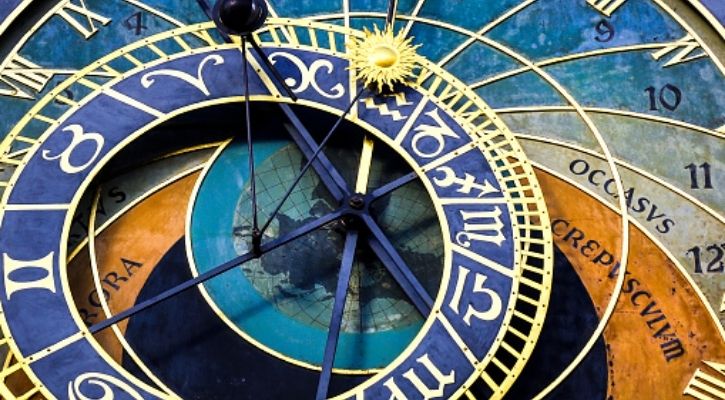Recently, researchers achieved the tiniest-ever “warping” of time. Albert Einstein’s theory of general relativity states that time may be bent in the face of strong gravitational fields or fast speeds. This phenomenon is known as time dilation.
Gravity affects how clocks tick in certain circumstances. Scientists at JILA were able to compute time dilation at the smallest scale ever with the help of the world’s most accurate clocks.
JILA was created through a partnership between the University of Colorado Boulder and the National Institute of Standards and Technology. They’ve made it possible to produce clocks that are 50 times more accurate than those already on the market with this experiment.

The feat may help solve a number of scientific mysteries surrounding the universe, including the “union of general relativity and quantum physics,” according to the study, which was published in Nature on Wednesday.
These researchers want to conceptually connect time and place, showing that they are interconnected and have an impact on one another. Atomic clocks, which are thought to be the most accurate ways to measure time with a tolerance of only one second over 15 billion years, have been the tool of choice for JILA scientists for the last few years as they work to advance temporal precision.

Scientists may be able to look at atomic waves at “the curvature of spacetime, where the classical and quantum worlds meet” as atomic clocks get more precise. JILA scientists were able to quantify time dilation from a distance of only one millimeter. This small-scale accomplishment may aid scientists in understanding the consequences of time dilation across greater distances.
Soucre: fancy4work.com









